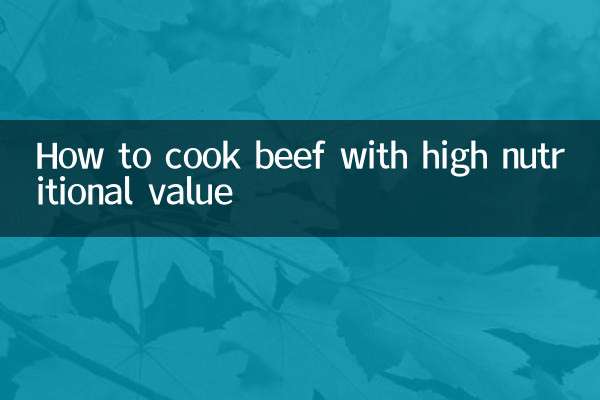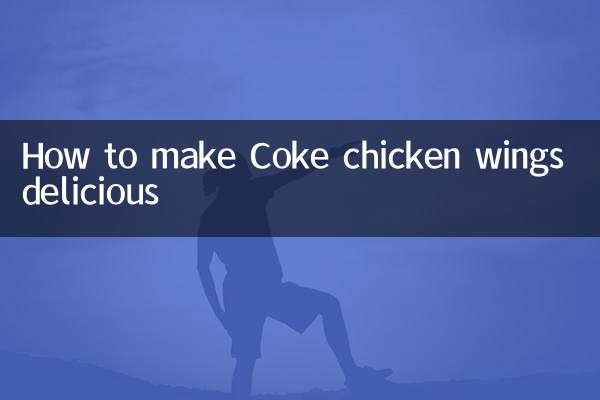How to read the food nutrition facts table? Analysis of hot topics on the Internet in 10 days
Recently, with the popularization of the concept of healthy eating, how to understand food nutrition labels has become a hot topic on social platforms. This article combines the hot discussions on the Internet in the past 10 days to provide you with a detailed analysis of the key information in food labels to help you make more scientific dietary choices.
1. Basic structure of nutrition facts table

According to the national standard GB 28050-2011, all prepackaged foods must be labeled with the following core contents:
| Project | Description | Example |
|---|---|---|
| energy | In kilojoules (kJ) | 1500kJ/100g |
| protein | High-quality protein should be ≥12g/100g | 8.5g/100g |
| fat | including saturated fatty acids | 12g/100g |
| carbohydrates | Sugar content needs to be marked separately | 45g/100g |
| sodium | Adult daily intake should be <2000mg | 350mg/100g |
2. Three hotly debated issues across the Internet
1.Is "0 sugar" really sugar-free?Netizens found that some drinks labeled "0 sugar" actually contain sugar substitutes. Experts recommend checking the specific ingredients.
2.Identification of trans fatty acidsNutritionists remind: Labels such as "hydrogenated vegetable oil" and "margarine" contain trans fat.
3.The important value of NRV%A hot topic on Douyin shows that 80% of consumers ignore the percentage of nutrient reference values.
3. Daily reference values of essential nutrients
| Nutrients | Recommended daily amount for adults | high/low standards |
|---|---|---|
| energy | 8400kJ | >400kJ/portion is high energy |
| protein | 60g | >12g/100g is high protein |
| fat | <60g | >20g/100g is high fat |
| sodium | 2000mg | >600mg/100g is high sodium |
4. Xiaohongshu popular reading skills
1.portion trap: Pay attention to whether the unit is "per 100g" or "per serving". Internet celebrity snacks often reduce the portion size.
2.Ingredients list sorting: A hot search on Weibo pointed out that the ingredients are arranged in descending order of content, with the top three being the main raw materials.
3.Special annotation: Station B’s popular science video emphasizes that "low sodium" requires ≤120mg/100g, and "low sugar" requires ≤5g/100g.
5. Practical advice given by experts
1. Give priority to foods with protein NRV% ≥ energy NRV%
2. Control the intake of processed foods with sodium NRV% > energy NRV%
3. Be wary of "sucrose-free" products that contain fructose syrup and maltose syrup
By mastering these points, you can quickly determine the nutritional value of food. Recently, the number of views of the #INGREDIENT LIST ANXIETY topic on social platforms has exceeded 100 million. It is recommended to save this article as a daily shopping reference. Remember, reading the nutrition facts label is the first step to eating healthy!

check the details

check the details